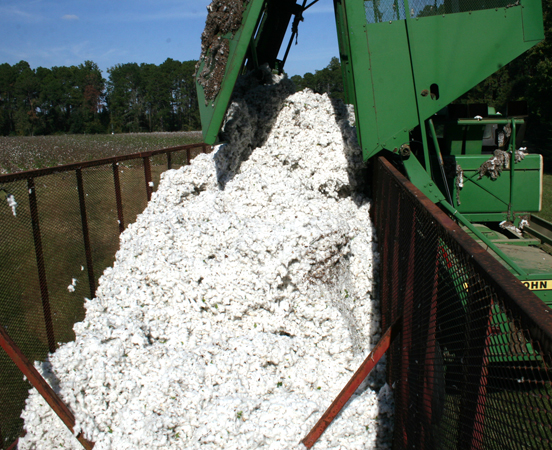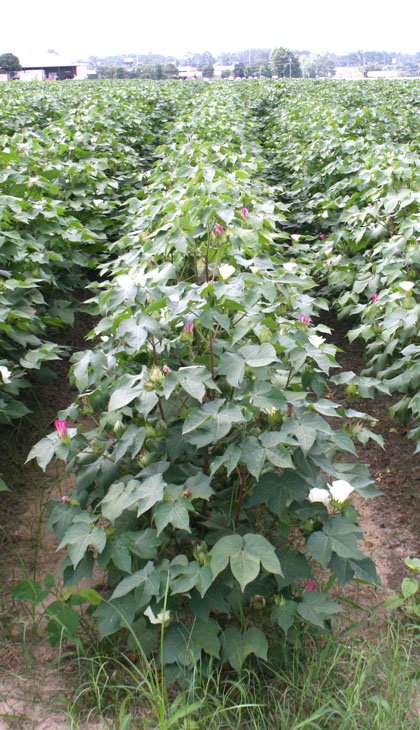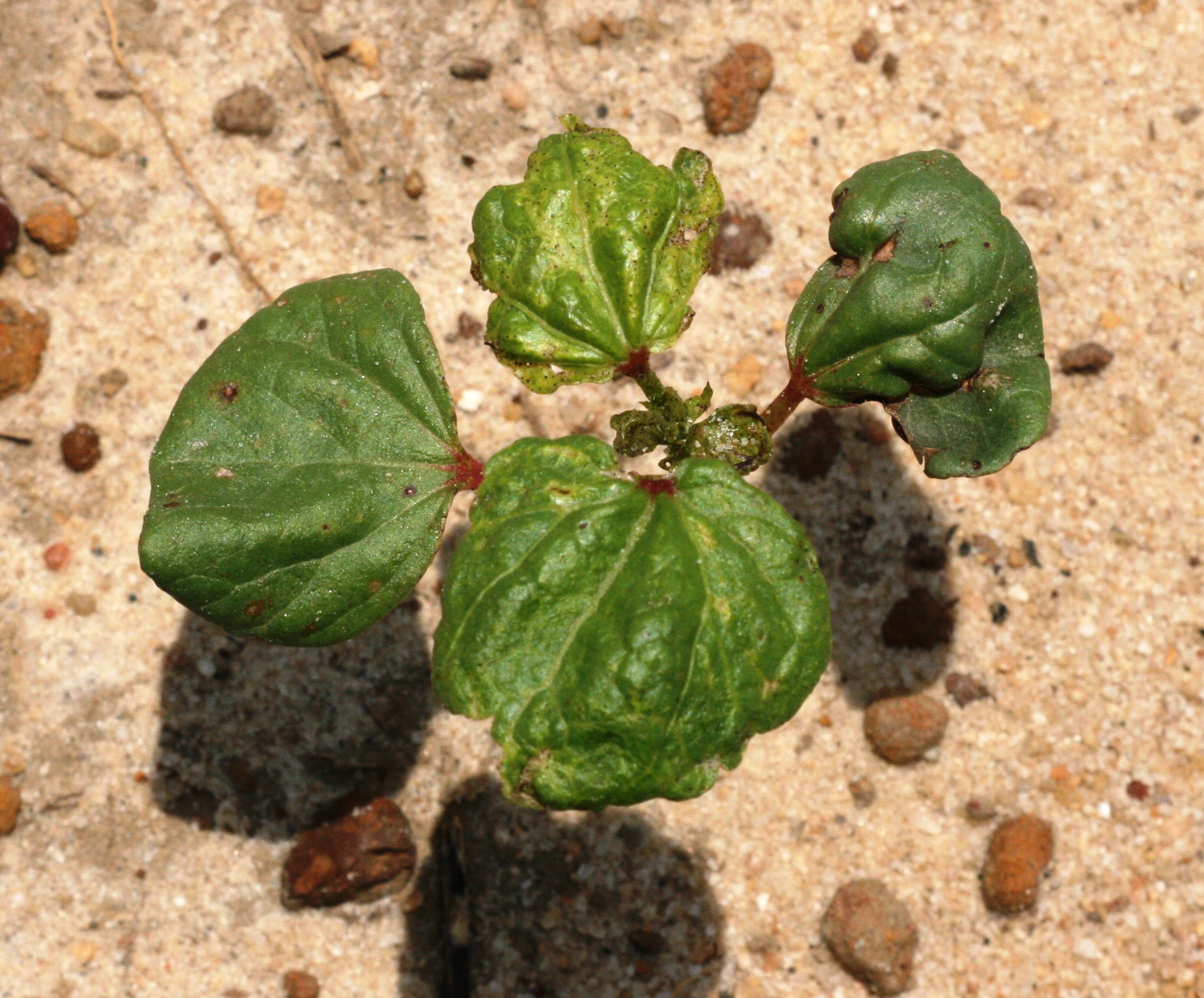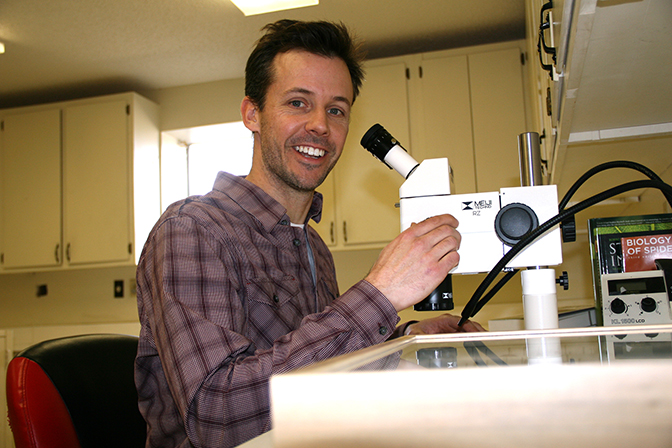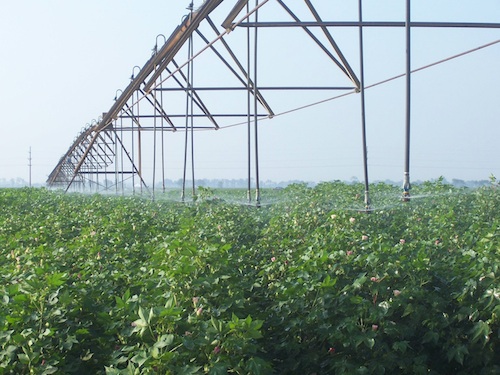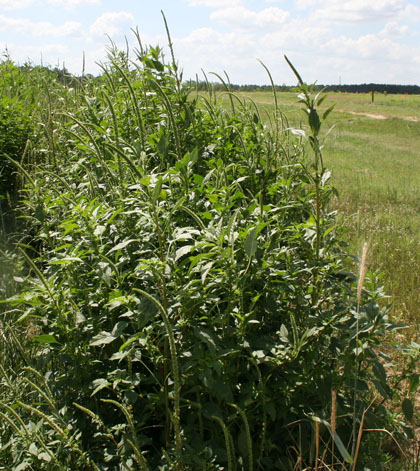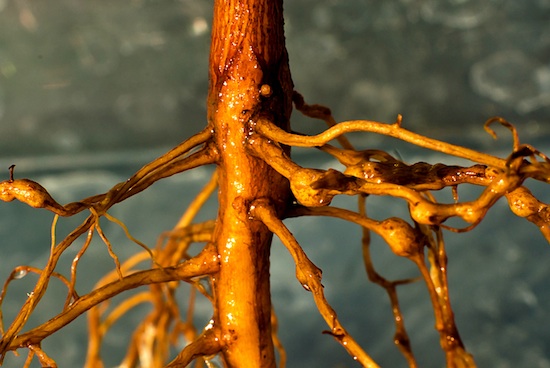 CAES News
CAES News
Nematode Management
In addition to low prices, controlling nematodes is top priority for Georgia cotton farmers. But with one effective control method being taken away and a new one in short supply, University of Georgia researchers and Cooperative Extension agents are working quickly to help farmers find a solution.

